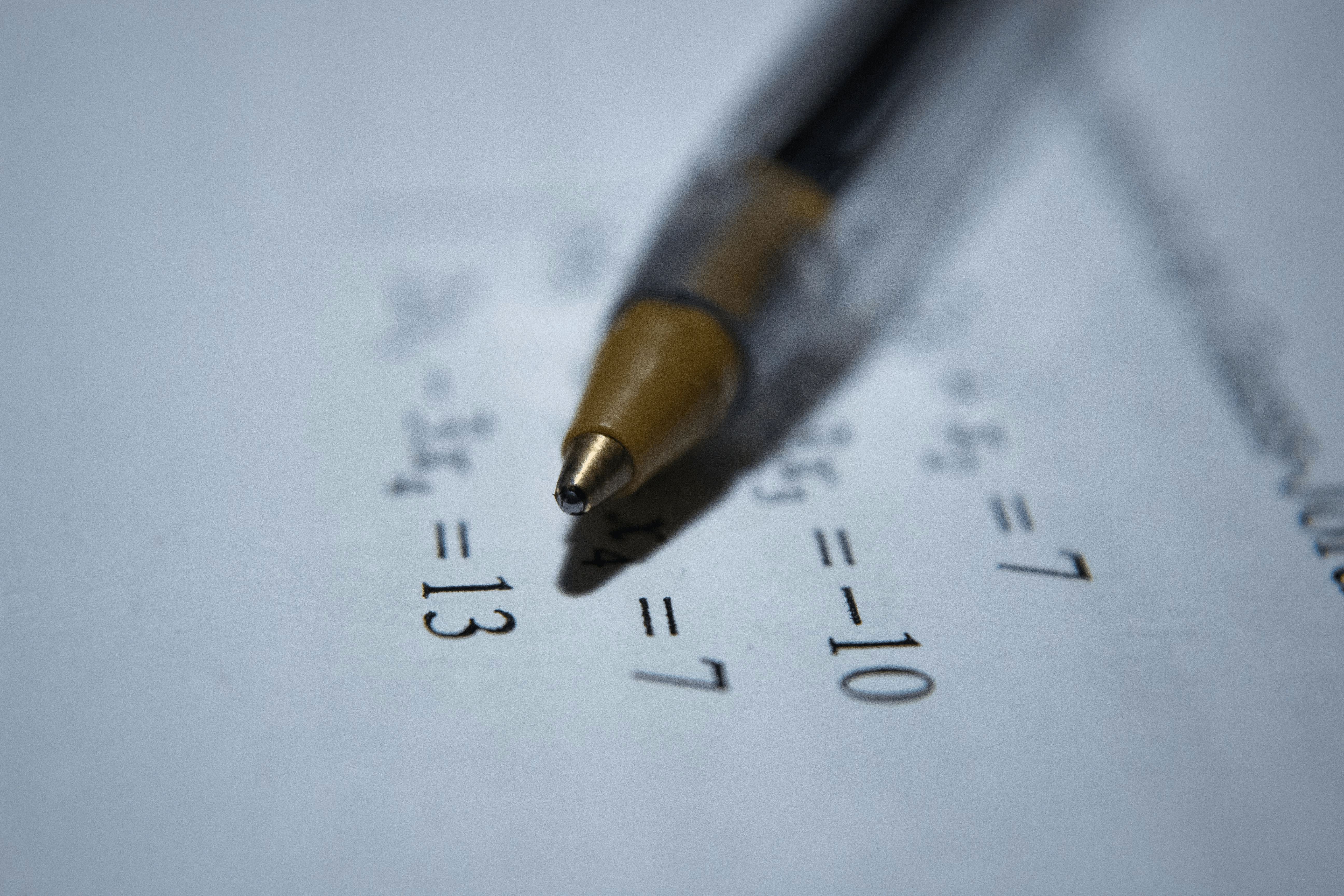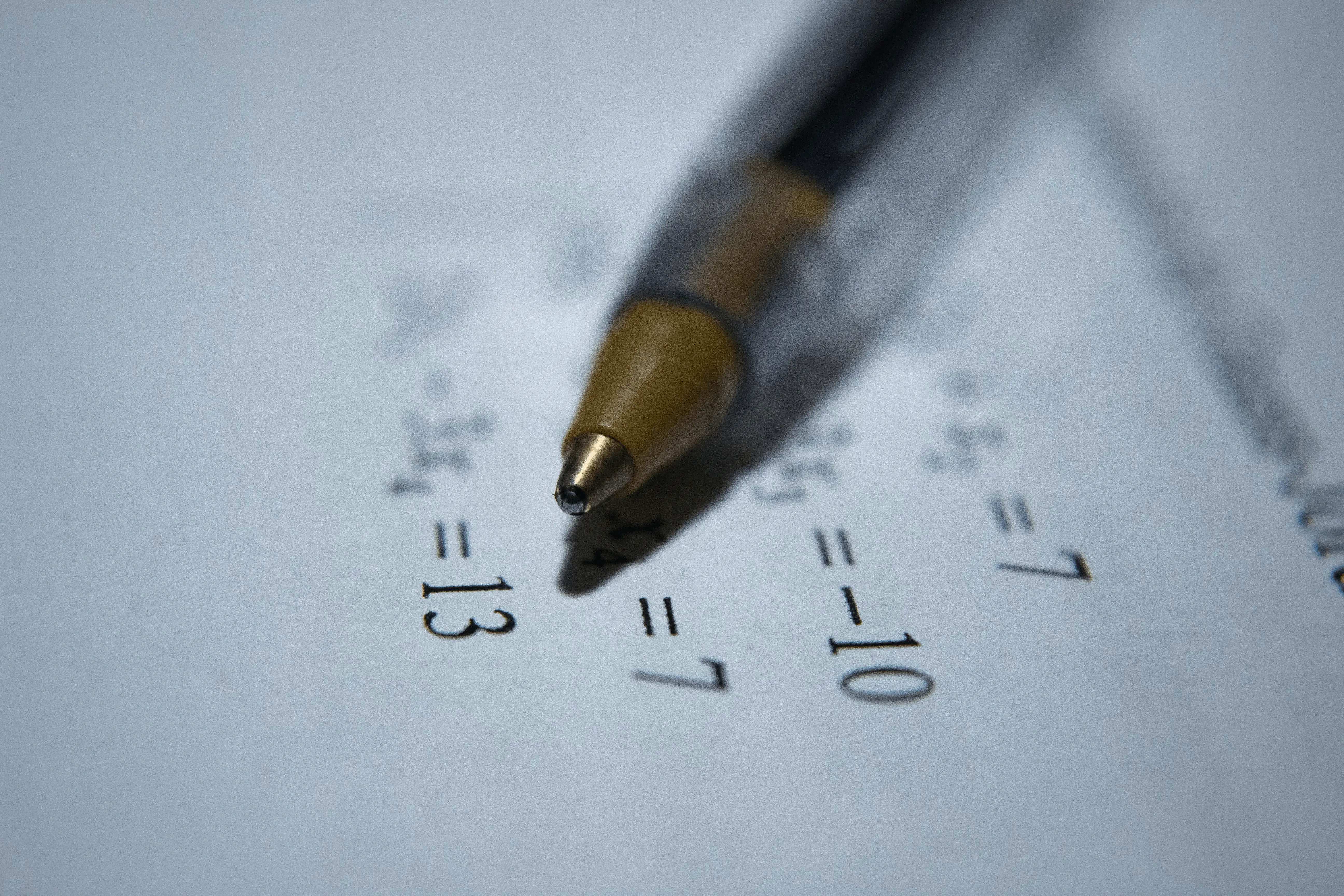

Research: I think I just found a new way to do large multiplications easily
The Idea
Suppose you want to compute a × b.
-
Compute the sum:
S = a + b. -
Compute the gap:
D = b - a. -
Pick a nearby easy number
Mclose toS(like 100, 200, 500, 1000, 2000…), sinceM²is easy. -
Work out the offset:
E = M - S. -
Use the formula:
a × b = (M² - 2ME + E² - D²) / 4M²is easy to square.2Mis easy to multiply by.E²andD²are small.
-
Finally, just divide by 4 (halve twice).
Example 1: 996 × 1007
S = 996 + 1007 = 2003D = 1007 - 996 = 11- Pick
M = 2000, soE = -3 M² = 4,000,000- Subtract
2ME = 4000 × -3 = -12,000→ add 12,000 - Add
E² = 9 - Subtract
D² = 121 - Total =
4,011,888 - Divide by 4 → 1,002,972
Example 2: 876 × 943
S = 876 + 943 = 1819D = 943 - 876 = 67- Pick
M = 2000, soE = 181 M² = 4,000,000- Subtract
2ME = 4000 × 181 = 724,000 - Add
E² = 32,761 - Subtract
D² = 4,489 - Total =
3,304,272 - Divide by 4 → 826,068
How I found this and some thoughts
I actually stumbled on this while I was messing around with a calculator and trying to find “shortcuts” for doing things in my head. I noticed that whenever two numbers were close together, the product seemed to connect really nicely to their average squared, with just a tiny adjustment.
At first I was just doing it with easy pairs like 98 × 102 (which is basically 100² - 2²), but then I wondered if I could generalize it to any pair of numbers. After scribbling on paper for a while (and making a few mistakes 😅), I realized I could always jump to a nearby “easy square” like 1000² or 2000², then just correct it with those little offset and gap terms.
What really surprised me is how fast it feels in practice — like you’re just doing one big square you already know, then some much smaller corrections, and finally halving twice. It almost feels like cheating when the numbers line up nicely.
I gave it to my dad (who has a degree in maths at cambridge university, the uk one) and he found that when he expanded it out, and then simplified it, it came out as a x b. I hope this formula can help you, I was thinking about keeping it to myself as a secret sauce for making tests with no calculators easier, but I believe in open science, so I’m sharing it with you.
Maybe I should write a basic paper on this? Idk, comment below if you think I should.
← Back to blog